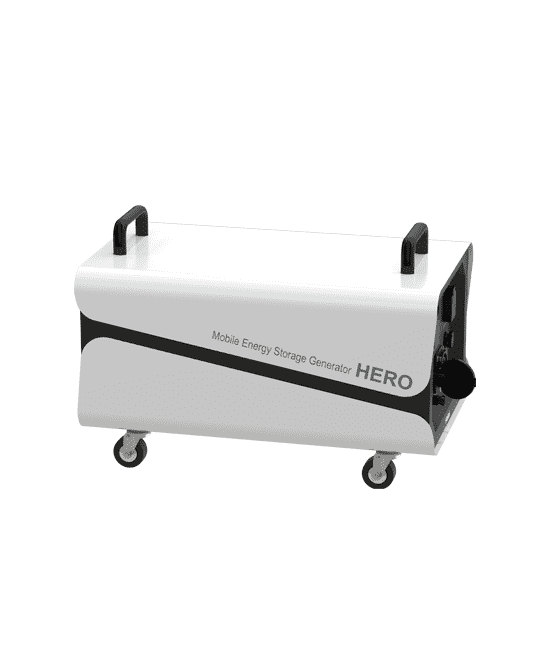Time:Jul 26, 2023 Views:639
However, the disadvantage of low bulk density of Lithium iron phosphate has been ignored and avoided by people, and has not been solved, which hinders the practical application of materials. The theoretical density of lithium cobalt oxide is 5.1g/cm ³, The compacted density of commercial lithium cobalt oxide is generally 2.0-2.4g/cm ³; The theoretical density of Lithium iron phosphate is only 3.6g/cm ³, It is much lower than lithium cobalt oxide itself.

In order to improve the conductivity, people doped conductive carbon materials, which significantly reduced the bulk density of the materials, making the tap density of carbon doped Lithium iron phosphate only 1.0-1.2g/cm3. Such a low bulk density makes the volume specific capacity of Lithium iron phosphate much lower than that of lithium cobalate, and the resulting battery will be very large, not only without advantages, but also difficult to apply in practice.
Therefore, increasing the bulk density and volume specific capacity of Lithium iron phosphate has decisive significance for the practicality of Lithium iron phosphate. The particle morphology, particle size, and distribution of powder materials directly affect the packing density of the material.
For example, Ni (OH) 2 is a positive material for Nickel–metal hydride battery and Nickel–cadmium battery. Previously, people used flaky Ni (OH) 2 with a compacted density of only 1.5-1.6g/cm ³; The compacted density of spherical Ni (OH) 2 used can reach 2.2-2.3g/cm3; Spherical Ni (OH) 2 has basically replaced flaky Ni (OH) 2, significantly improving the energy density of Nickel–metal hydride battery and Nickel–cadmium battery.

X

Appointment Experience